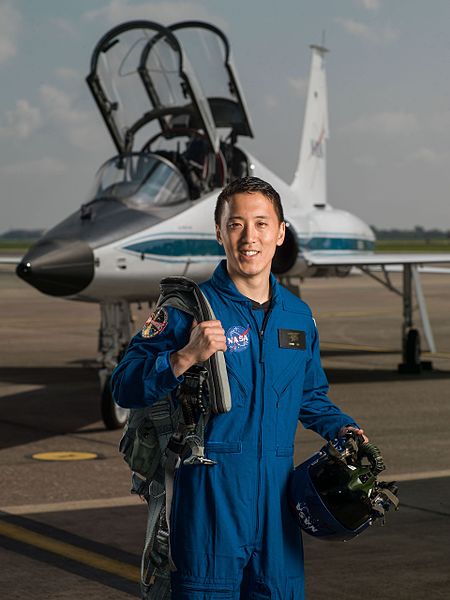By Mandy Day
AsAm News Staff Writer
Often in life, experiences, current events, and exposure to skepticism can limit what we dream is possible. Many times, obstacles are self-imposed, driven by doubt and fear. In fewer instances, it can inspire. Inventing Tomorrow documents several high school students who learned what’s possible at the esteemed Intel International Science and Engineering Fair. Pacific Arts Movement showcased Inventing Tomorrow as its centerpiece presentation this past weekend at the San Diego Asian Film Festival.
The film by Laura Nix follows teenagers from India, Indonesia, Mexico and the United States who were inspired by serious environmental problems in their communities. Jared Goodwin, one of Inventing Tomorrow’s subjects, was in San Diego with producer Diane Becker for the screening. The pair sat down with AsAmNews before the screening to discuss Goodwin’s science project and how the film showcases children dreaming big to save the world.
The International Science and Engineering Fair or ISEF, put on by the Society for Science and the Public, draws 1,800 students from eighty countries every year to compete in all levels of science including Environmental Science, Becker told AsAmNews. Inventing Tomorrow’s director, Laura Nix, and producers had the tremendous task of finding just a few projects to feature among the more than one million students who compete for a spot at ISEF every year. In the final cut of the film, just four projects and their creators were featured.
LATEST STORIES
A student from India created an app to crowdsource water testing in her hometown of Bangalore, India where a lack of wastewater treatment led to major pollution in the city’s lakes. Two teenage girls from a community in Indonesia reliant on tin mining, studied the effects of unrestricted dredging in the waters surrounding their island. The pair created a prototype filter for limiting pollutants. The third team, a trio of boys from Mexico, studied the effects of industrial air pollution in their city and developed a paint that could render certain pollutants non-toxic in daylight.
Becker also talked about the filmmakers taking a risk in filming students who might have failed to advance to the ISEF competition. Unlike many films, she said, they did not choose to profile the students after learning the fate of the projects.
“Laura didn’t want to focus on the winning. That wasn’t the point,” said Becker. “The point was the motivation, and the passion, and the work that these kids do, and that we need to support this next generation because they’re growing up in a different world than we did. They know from the minute they’re born, that the planet is dying and they see solutions in clear and simpler ways. And they’re not bound by politics and money, so they’re curious. They dream big, and we need to support them.”

Jared Goodwin of Hilo, Hawaii, began studying his project in middle school. Now in its fourth year, Goodwin was a finalist at ISEF in 2017 for his project studying how heavy metals move during tsunami events. Inspired by trips to a local pond with his grandmother as a child, the pond had been a dumping ground for arsenic prior to the 1960 tsunami that struck Hilo.
“I’m trying to develop a model that describes and predicts the movement of heavy metal contaminants such as lead, arsenic, and zinc and how they can be moved by tsunami events, “said Goodwin. “So a tsunami would be referring to any type of tidal wave created by seismic activity. Hawaii was struck by a tsunami from Chile in 1960, and my project looks at mapping those contaminants and seeing if the tsunami actually moved them.”
While Goodwin’s project looks at an event from decades in the past, he has hope that this model can be used in other parts of the world at risk for heavy metal contamination caused by future tsunami events, like India and Japan. “Being able to take my model and implement it there to get a clean up effort is basically my goal for this project,” Goodwin said. In its fourth year of research, this project earned him a place competing at ISEF.
Inventing Tomorrow documents real world problems being tackled by the next generation of scientists in such a way that doesn’t minimize the severity of the problems these students are trying to solve, but also doesn’t leave the viewer thinking that these students are trying to solve the impossible. Becker was right in saying that jaded adults need to support young minds, and this film is laid out in such a way that even the most cynical adult will find a glimmer of hope from the millions of youth hoping to do their part for the Earth.
Inventing Tomorrow made its debut at Sundance earlier this year.
The San Diego Asian Film Festival runs through Saturday at locations across San Diego County.
AsAmNews has Asian America in its heart. We’re an all-volunteer effort of dedicated staff and interns. Check out our Twitter feed and Facebook page for more content. Please consider interning, joining our staff or submitting a story.









